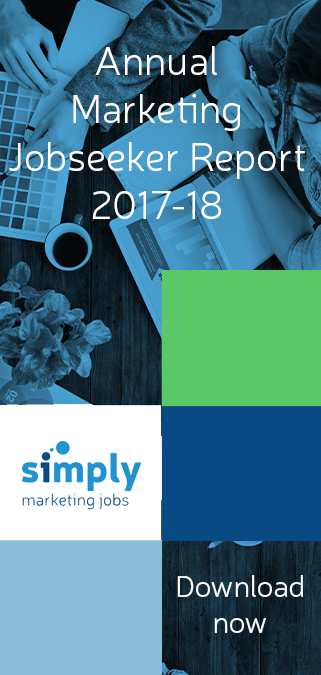Career experts say covering letters are still vital, even in the increasingly digital world of marketing. Covering letters play an important part in the recruitment process because they encourage recruiters to read your CV. While a CV sets out your skills and experience for a particular marketing job, the covering letter specifically demonstrates your understanding of the organisation and starts to spell out your suitability.
A covering letter gives you the opportunity to show how your skills and abilities exactly fit the marketing vacancy. It can be used to highlight particular parts of your CV that are your unique selling points or to draw attention to additional information that does not fit easily into a CV. It can also be a useful tool for explaining any personal circumstances or anomalies in your application. It’s a vital way to sell yourself in the crowded marketing job market.
Clear introduction
Explain why you are writing, making sure it entices the employer to read on. If you’re replying to an advert, state what you are applying for, say where and when you saw the advert and if there is a reference number, quote it., If applying speculatively, say what has prompted you to apply.
Experience and personal skills showcase
Briefly explain your current job and, if applicable, qualifications (professional/academic). Don’t give too much away or they may not want to go on and read your CV. If you are replying to an advert, make sure the skills you specified are reflected in your CV.
Draw attention to the relevant aspects of your experience; say what you learned and how it would be useful for the job or to the employing organization. Sell yourself on the basis of your personal qualities, making sure that these match the requirements of the job/role. Take the opportunity, if necessary, to explain any anomalies in your background, such as any time gaps. Perhaps explain how any hurdles you’ve encountered have helped you develop in a positive way.
Demonstrate your knowledge of the organisation
Explain why you wish to work for this company and what you know about them. Demonstrate enthusiasm and evidence of research into such aspects as their successes, involvements, values or clients. Remember to research the firm fully by visiting its website or premises, using every bit of information you find to help improve your chances.
A positive sign-off
Lay down an action plan; say you would like the opportunity to meet them for an interview and that you will await their response, or that you’ll call in a few days (you don’t have to leave the ball in their court but be careful that you don’t pester). Indicate your availability for interview.
Do’s…
• Check that you have addressed your letter to the correct person and spelt their name correctly, and used the correct job title. Phone the company and find out the name of the person who will be responsible for dealing with applications for the post. This will ensure that it reaches the right person. It also gives you a contact name for a follow-up call or email.
• Demonstrate any research you’ve already made into the organisation.
• If the job is in a different sector from those in which you have previously worked, draw links between the two.
• Present it in the usual letter format, keeping it short and factual. Ideally, your covering letter should be no more than one page long and with short and clearly themed paragraphs.
• Think from the employer’s perspective rather than your own. Tell them what you can contribute to the organization rather than how it can benefit you.
• If your cover letter is written as part of an email (as opposed to an attachment), make sure you apply the same formalities as you would in a hand-written letter.
• Spell check, spell check, spell check.
Don’ts…
• Don’t regurgitate your CV.
• Never send out standard covering letters to different employers for different positions.
• Don’t mention salary at this stage (unless specifically asked to) – that subject should be saved for after you have a job offer.
• Don’t ignore specific instructions with your application. Ensure that you address the letter exactly as you have been instructed. Do not address somebody by their first name unless you have been invited to do so.
• Avoid negative information of any sort in your covering letter and your CV.
Quick checklist:
• Provide one page only and limited to three targeted paragraphs
• Try and write to someone specific, with the name and title spelt correctly
• Make sure the company name and address are correct and complete
• Carry out a full spell check and proof thoroughly
• Close with ‘yours sincerely’, anything else can sound too familiar
Final step
Don’t forget to follow up, or all the other steps will be in vain!
Browse our marketing jobs today.
Forget coronavirus exists with these ideas
Does your news feed have anything other than coronavirus on it? Is it all you see on the TV right now? Yes, we need to stay informed, but could the focus on coronavirus leave us feeling deflated and like there's no light at the end of the tunnel? Certainly. So, how...
Marketing jobs with the highest salaries
Recent data compiled by Simply Marketing Jobs shows the highest paid jobs within the marketing industry. This article provides a breakdown of these jobs, the average salaries for marketing roles on offer and what they entail. If you are looking to progress your career...
Graphic Designer: Job Description
The main job role of a Graphic Designer is to communicate all sorts of information and ideas through images and text. If you're the creative type then please read on as this could be the job role for you.Becoming a Graphic Designer is no easy feat, especially if you...






